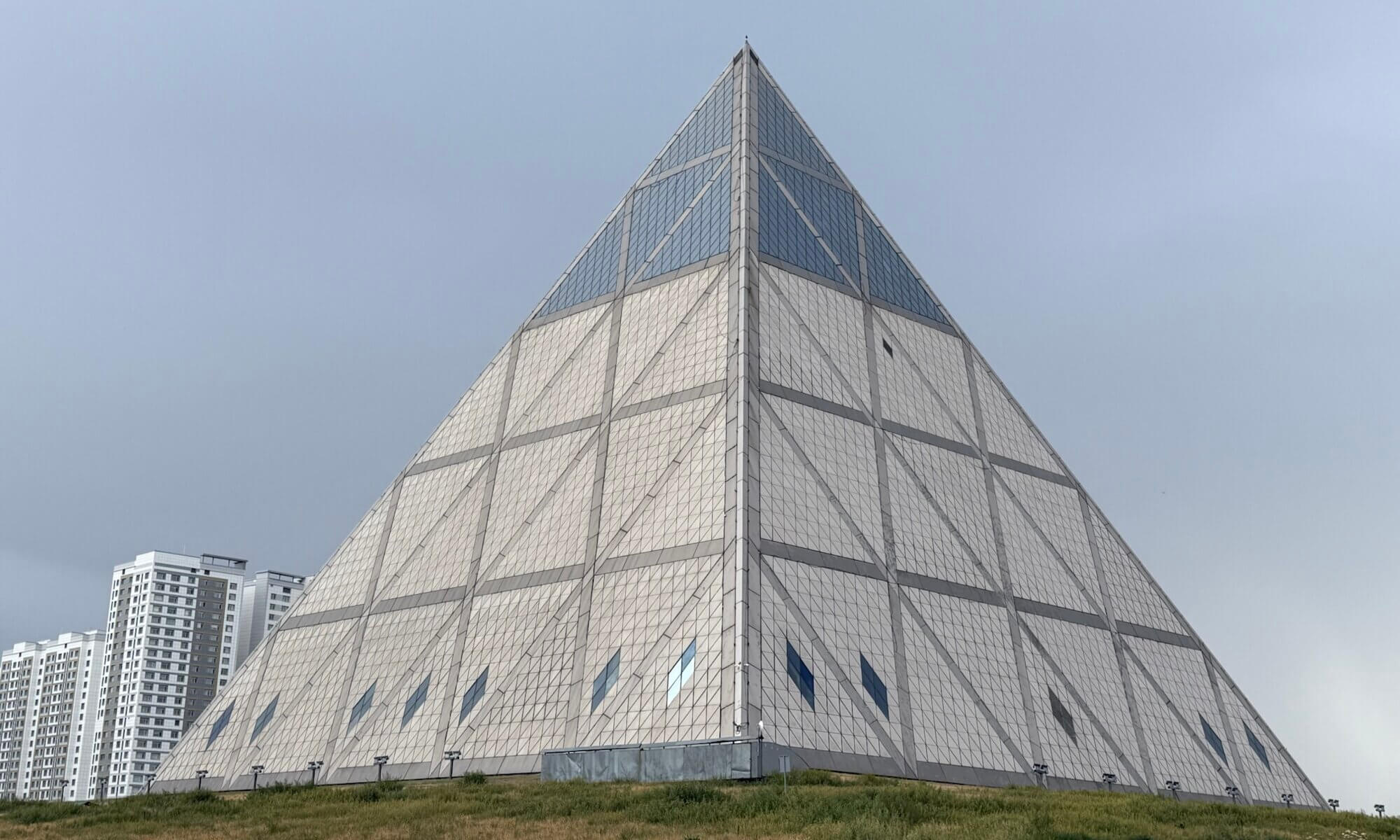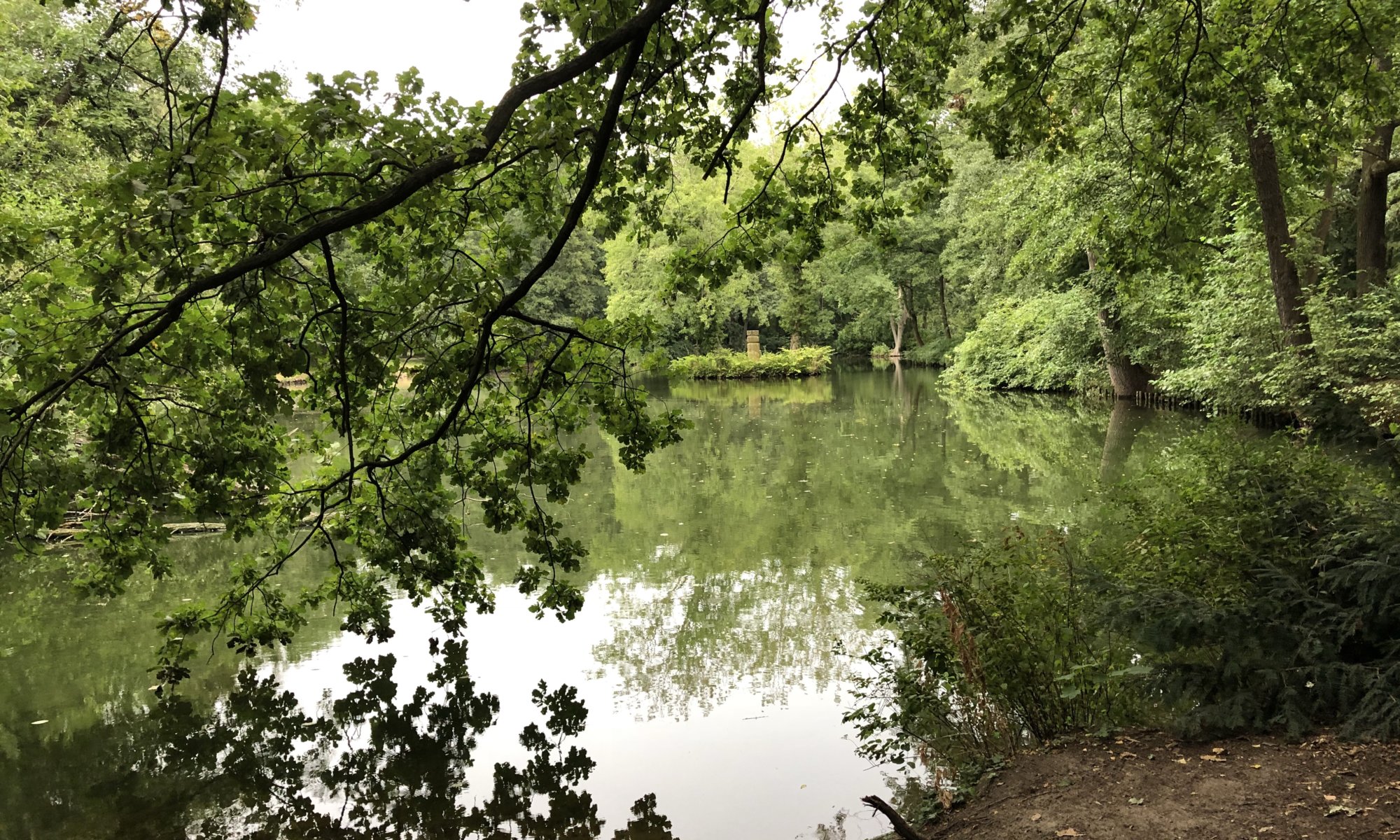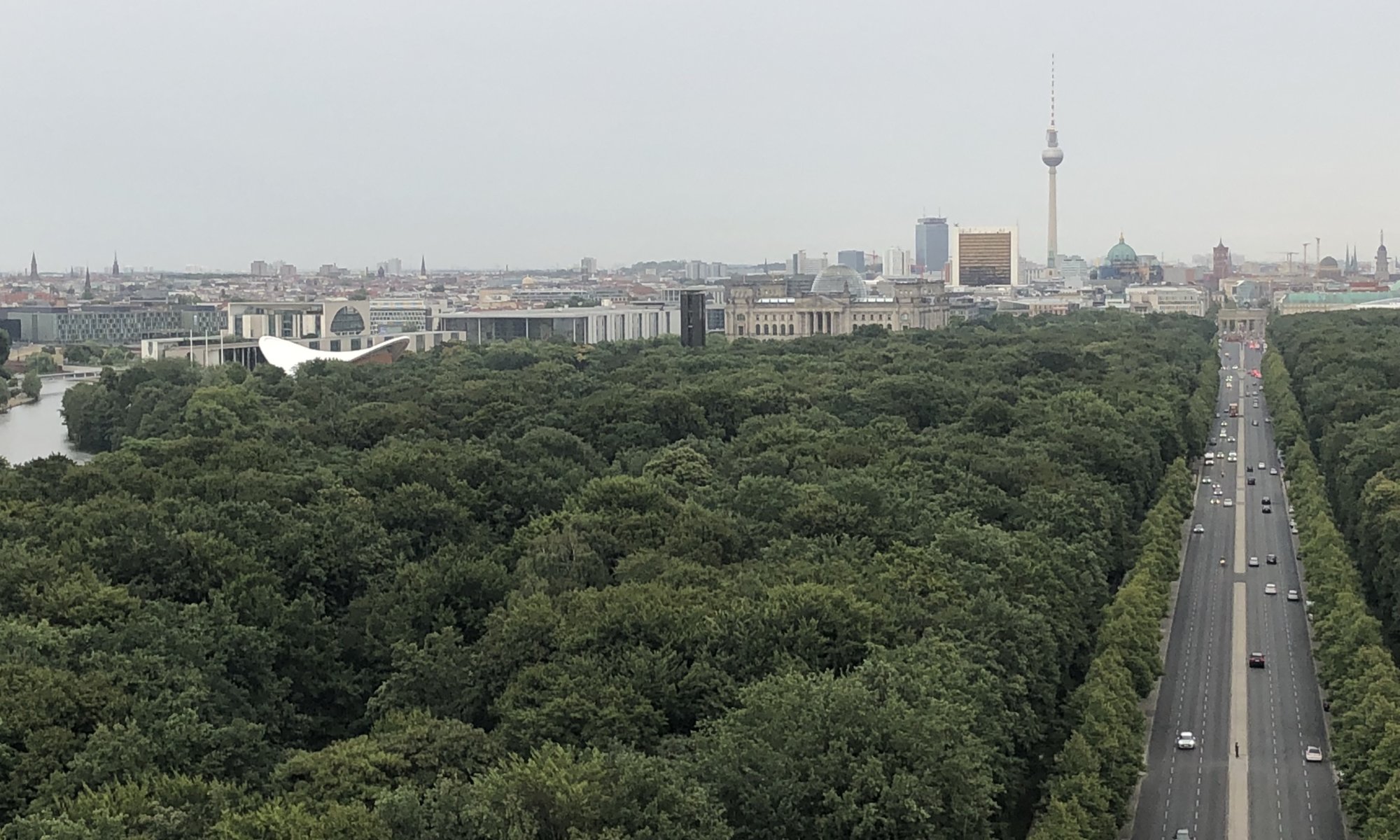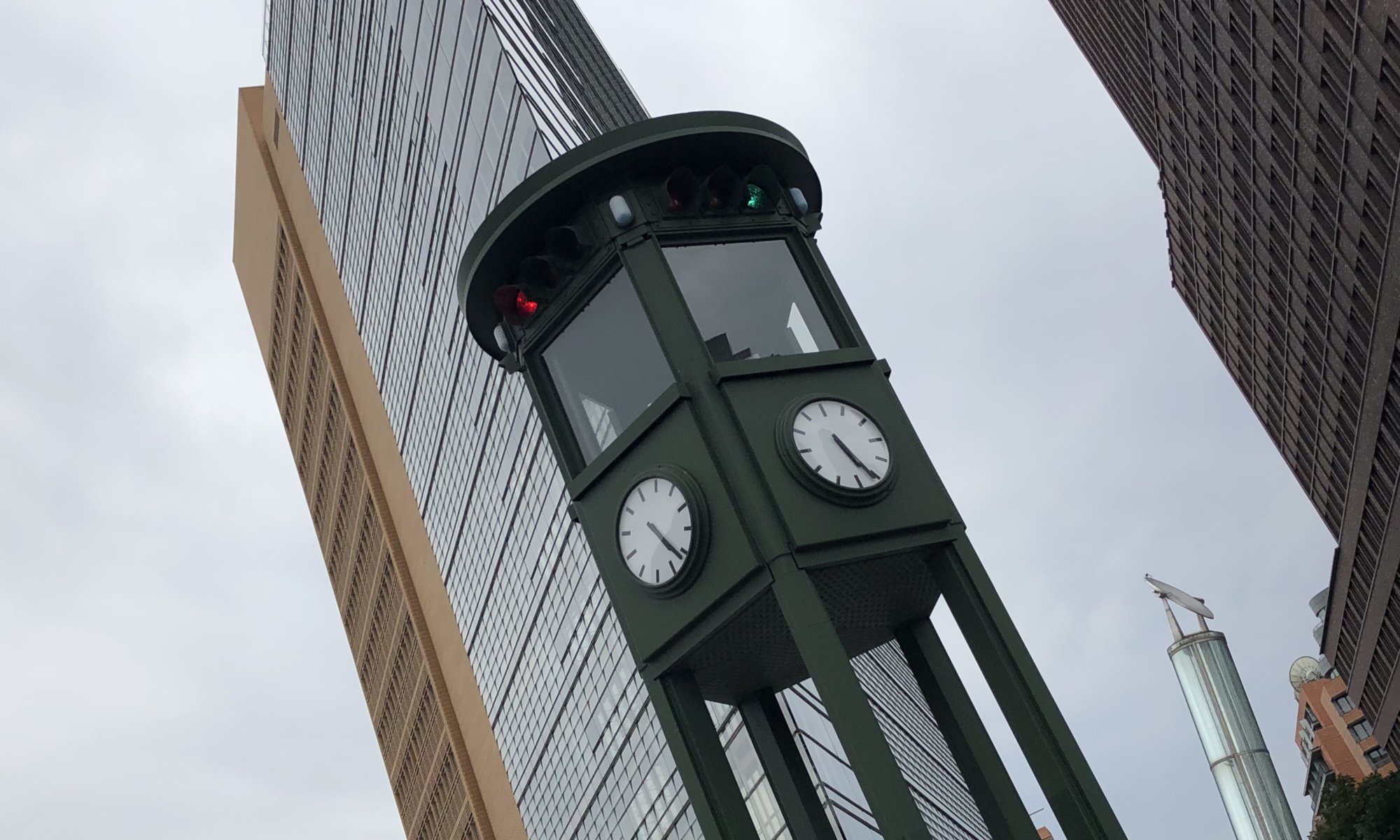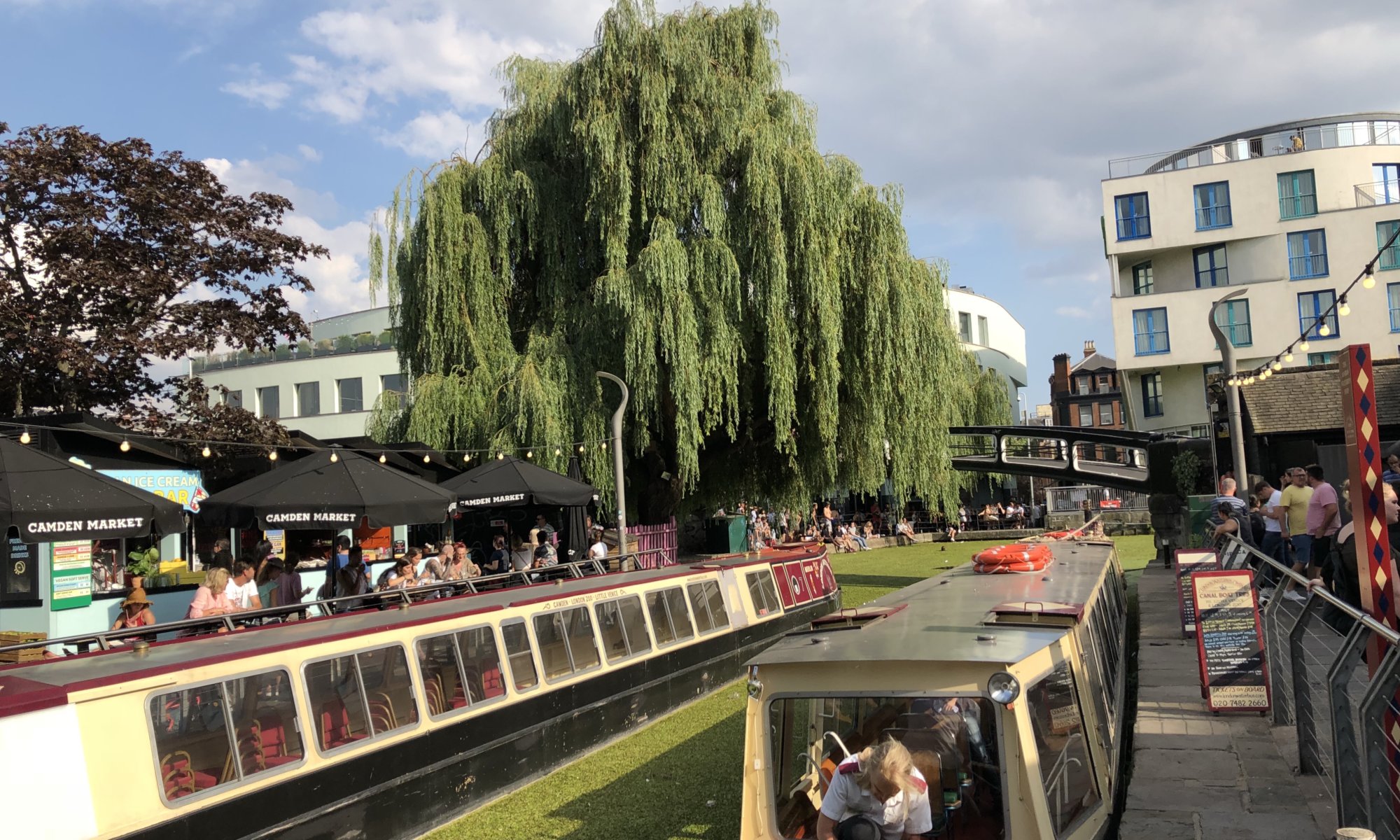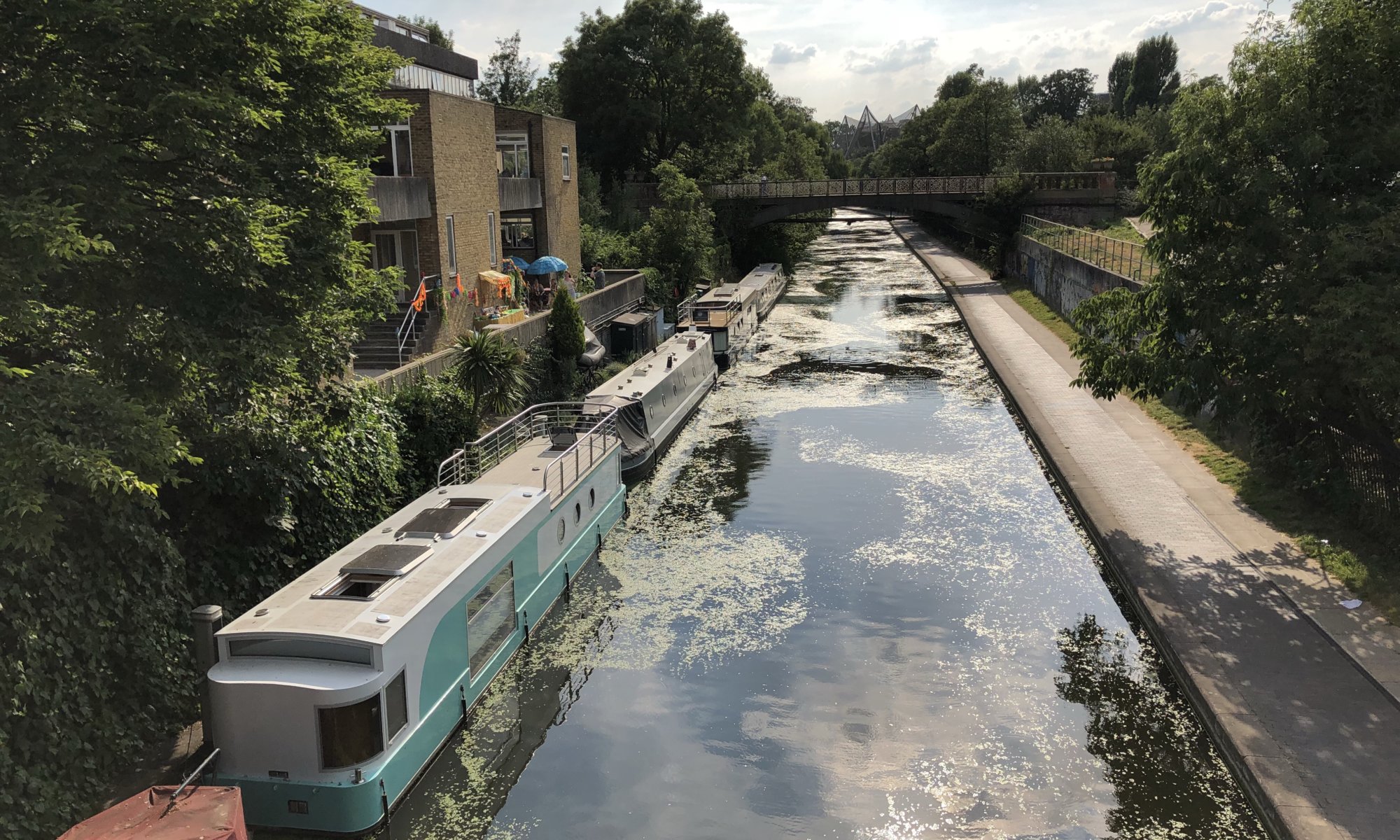There are many reasons to get to Bursfelde belonging to Hann. Münden, Germany: the fantastic cloister, the nice breakfast at the Klostermühle and the nice path along river Nieme through its valley. If you just want a short walk you should try the Klaus-Bahlsen-Pfad around the cloister. Continue reading “Nieme & Weser”
Barefoot
When was the last time you walked barefoot through a forest? Too long ago? A good option to experience this can be found at Nienhagen belonging to Staufenberg, Germany: the Barfußpfad Nienhagen. Unlike other barefoot paths it is not concentrated at one place. You can walk 2.5 kilometers and every now and then there is something special. Continue reading “Barefoot”
Großer Tiergarten
The word ‘Tiergarten‘ refers to two different things in Berlin, Germany: a city quarter and the vast park west to the Brandenburg gate – better called ‘Großer Tiergarten‘. It is 210 hectares large and some streets cross it. It was created in the 16. century as a hunting area for the king; therefore it’s name. Continue reading “Großer Tiergarten”
Siegessäule
The 67 meters high Siegessäule is an iconic memorial in Berlin, Germany. It was built between 1864 and 1873 to commemorate the Prussian victory in the wars against Denmark, Austria and France. On top a large golden statue of the Viktoria is standing which is also called Goldelse by the locals.
Continue reading “Siegessäule”Sowjetisches Ehrenmal Tiergarten
When the Red Army freed Berlin, Germany at the end of World War II (in April and May 1945) around 80000 Soviet soldiers lost their life. They have been buried there and different memorials throughout the city commemorate them. The biggest one is located in the Treptower Park, the one probably most often visited within the Großer Tiergarten. Continue reading “Sowjetisches Ehrenmal Tiergarten”
Potsdamer Platz
The Potsdamer Platz is a very well-known public space at Berlin, Germany with high buildings and great architecture. Here you can see Berlins first traffic lights and they are still operating (even though the traffic is not directed by it). It is a hub from which you can easily reach many interesting places on a short walk. Continue reading “Potsdamer Platz”
Finanzministerium
If you get to the German Federal Ministery of Finance at Berlin, Germany you might be a bit surprised. It is located in a special building at the city quarter Mitte which is today called the Detlev-Rohwedder-Haus. It was built in 1935 and is a very good example for threatening fascist architecture. Continue reading “Finanzministerium”
Camden Market
If you’re in northern London, United Kingdom and somewhere close to Regent’s Park then a walk along Regent’s channel to the Camden Market is a good choice. In fact it is a combination of different markets offering art, souvenirs and food near the historical Camden Lock watergate. Continue reading “Camden Market”
Regent’s canal
It is a quite an unusual view of you only know the inner city center of London, United Kingdom: in the north of the city you might stumble open a 14 kilometers long canal going from east to west. It connects the Grand Junction Canal with the river Thames and was used to transport goods. Continue reading “Regent’s canal”
Regent‘s park
London, United Kingdom has some really large green areas and the Regent’s Park north of Fitzrovia is one of them. People get here to relax, meet friends or do some sports. It is used for art exhibitions, the houses surrounding it are especially beautiful. In the north you can find the London Zoo and the Grand Union Canal.
Continue reading “Regent‘s park”